The art of Don Ca Tai Tu - Representative Intangible Cultural Heritage of Humanity was formed and developed in the South. This is a unique art form in the Southern riverine gardens, with a harmonious combination of the beauty of poetry, musical instruments and singing voices, expressing both scholarly and folk characteristics closely associated with people's lives.
Strong vitality, spreading widely
Dr. Nguyen Ho Phong ( Ho Chi Minh City University of Culture) analyzed: Don ca tai tu - a folk performing art form recognized by UNESCO as a representative Intangible Cultural Heritage of Humanity is an important foundation for the formation of later reformed theater art.
This art form has developed widely throughout the Southern region, to the Central region, contributing to bringing a strong vitality to the cultural and spiritual life of people from rural to urban areas. Today, although the performance environment, tastes, and needs of the public have changed a lot, the art of Don ca tai tu still finds a firm foothold in society. That creates new opportunities for folk-ethnic art to be preserved, promoted, and developed better in contemporary society.
Master Ngo Duc Hong (Tay Do University) affirmed: True to its name, Don ca Tai tu includes music and singing. The music and singing voices seem to blend together to convey thoughts, feelings, and tell stories to the listeners. During the idle farming days, in the village, people bring music, others contribute their voices, and under the cool moonlight, they enjoy the music and singing. Rich families invite a group of amateur musicians to sing and entertain at family parties.
As a person attached to the Southern land, Southern culture researcher Nham Hung said: Appearing and developing strongly in the late 19th century, Don ca tai tu is an elegant hobby of the Southern people during their free time, often performed in the garden, fields, on merchant boats, from there it has been preserved, developed, and affirmed its vitality over time.
It can be said that over the years, in the provinces and cities of the South today, the art of Don ca tai tu has been preserved and effectively promoted in the cultural life of the community.
According to Director of the Department of Culture, Sports and Tourism of Long An province Nguyen Thanh Thanh, Long An is one of the provinces and cities in the South that contributed to the completion of the dossier for Don ca tai tu to be presented and awarded a certificate of honor by UNESCO to become a representative Intangible Cultural Heritage of Humanity in 2013.
Currently, in the province, there are more than 950 Don ca Tai tu clubs with over 15,000 members participating in activities. Every year, in Long An, there are more than 30 competitions, performances, Don ca Tai tu and Cai luong festivals... Along with that, in many festivals, tourist attractions, Don ca Tai tu performances are also introduced to a large number of people and tourists, creating a spread in the community.
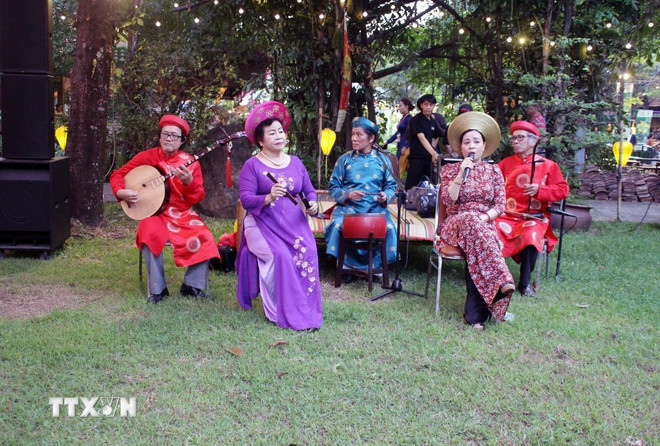
Ms. Cao Thi Be Tuoi, Secretary of the Youth Union of Duc Hoa Thuong Commune (Duc Hoa District, Long An Province) shared: Born and raised in the countryside with the Vam Co River, with the familiar Don Ca Tai Tu tune, she and many young people are very proud. During the Union's activities, many traditional Don Ca Tai Tu tunes or those with new lyrics expressing the pride and sense of responsibility of young people in building their homeland are often performed by the young people, creating a joyful atmosphere and showing respect and preservation of the traditional art of the nation.
Deputy Director of the Department of Culture, Sports and Tourism of Tien Giang province Vo Pham Tan said: Through the ups and downs of history, Don ca tai tu has always affirmed its value as a unique intangible cultural heritage, having a profound influence on the cultural life of the people of the South in general and Tien Giang in particular.
Currently, the province has over 100 Don Ca Tai Tu clubs, teams, and groups, with over 1,000 people participating regularly in communes, wards, and towns in the province. Tien Giang has actively implemented many projects to preserve and promote the art of Don Ca Tai Tu with many activities such as collecting, recording, and filming Don Ca Tai Tu pieces, composing competitions, and organizing Don Ca Tai Tu performance festivals, thereby practically fulfilling its commitment to UNESCO on preserving and promoting the value of the art of Don Ca Tai Tu in the South.
To always be an attractive tourism product
Along with preserving and maintaining amateur music clubs in community life, recently, in many localities in the South, the art of amateur music has been introduced and served to tourists at many different levels.
Southern culture researcher Nham Hung affirmed: Many tourists say that when they come to the Southwest, they can enjoy grilled snakehead fish, fish sauce hotpot, cakes, and fruits, but if they have not enjoyed the art of traditional music, it is still not complete. That is to show respect and appreciation for a local culture of the Mekong Delta.
However, this cultural researcher also expressed concern: Don ca tai tu is an elegant pastime, but from a tourism perspective, it is a tourism product that is still in its "raw" form. If it is served to tourists with the same content and performance style, it will lack appeal. Currently, some programs serving tourists lack investment and are only patched together. The content of the compositions is sometimes dry and heavy, making tourists easily bored.
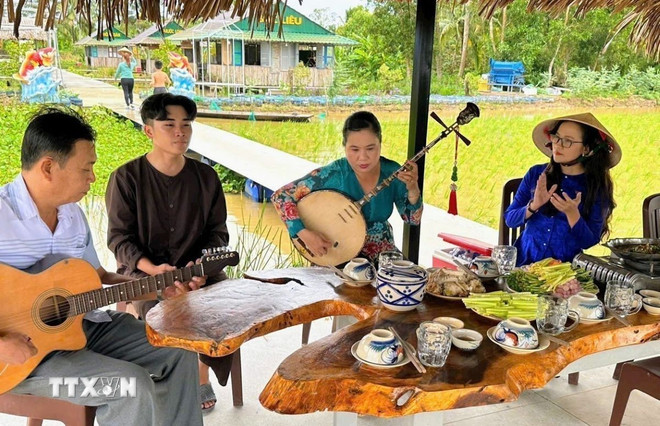
In order for Don ca tai tu to always "stand firm" in the tourist space, tourists watching and listening to Don ca tai tu performances always make tourists feel strange, interesting, satisfy their tastes, contribute to increasing the cultural value of the tourist space, it is necessary to continue to have many suitable introduction solutions.
According to Mr. Nham Hung, in order for tourists to fully receive and satisfy their enjoyment needs, the Don Ca Tai Tu program introduced to tourists needs to be structured in harmony between listening and watching, between lyrics and rhythm so that viewers can easily follow and feel. On the other hand, in the programs, it is necessary to strengthen the role of the MC leading and explaining so that tourists can better understand the unique features and special values of Don Ca Tai Tu art.
According to Master Le Thi Thanh Yen (Dong Thap University), in order to increase the attractiveness and help tourists better understand the uniqueness and "Southern" character of the Don ca Tai tu art heritage, it is necessary to create a suitable art space so that the value of that heritage can be promoted. Tourist areas should pay attention to creating a suitable performance space, with careful preparation in the introduction and explanation in the performance program, from which, tourists will better understand the uniqueness and attractiveness of the art form that has been recognized as a representative Intangible Cultural Heritage of Humanity. In addition, it is also necessary to strengthen the development of performance programs with themes, selection, and moderate duration with suitable Don ca songs in exploiting and serving tourists.
A representative of the Ho Chi Minh City Department of Tourism said that many tourists coming to the city were excited to be introduced to Don Ca Tai Tu and many other traditional art forms.
Many tourist areas, sightseeing spots, and travel agencies organize experiential activities, performances, and tours that combine the enjoyment of traditional music. However, in reality, it is necessary to recognize that not all tourist destinations are suitable for regular, periodic performances of this art form to serve tourists.
Therefore, in order for the art of Don ca tai tu to be not only a type of cultural heritage whose value has been affirmed, but also an attractive tourism product, there needs to be more selection to build the program structure and unique performance spaces, helping visitors clearly feel the uniqueness of this art form associated with the lives of the people of the South.
In Ho Chi Minh City, the community tourism destination of Thieng Lieng hamlet (Thanh An commune, Can Gio district) or the "Moon of the war zone" tour program to the steel land of Cu Chi, the amateur music performances were warmly received by tourists.
Mr. Nguyen Van Yen, Head of Thieng Lieng Hamlet, said: Among the 24 stops and 24 experiential activities in the current Thieng Lieng Hamlet community tourism model, the activity of enjoying the art of Don Ca Tai Tu from the Don Ca Tai Tu club or Tu Huynh's household - Don Sen amateur... Hopefully, in the coming time, this experiential activity will continue to receive support, more methodical advice, and be more attractive, associated with the unique space of Thieng Lieng Island Hamlet to create more attraction for tourists./.
Source: https://www.vietnamplus.vn/de-don-ca-tai-tu-luon-la-san-pham-du-lich-hap-dan-o-vung-dat-phuong-nam-post1037705.vnp




![[Photo] Prime Minister Pham Minh Chinh attends the event "Digital transformation of the banking industry by 2025"](https://vphoto.vietnam.vn/thumb/1200x675/vietnam/resource/IMAGE/2025/5/29/0e34cc7261d74e26b7f87cadff763eae)
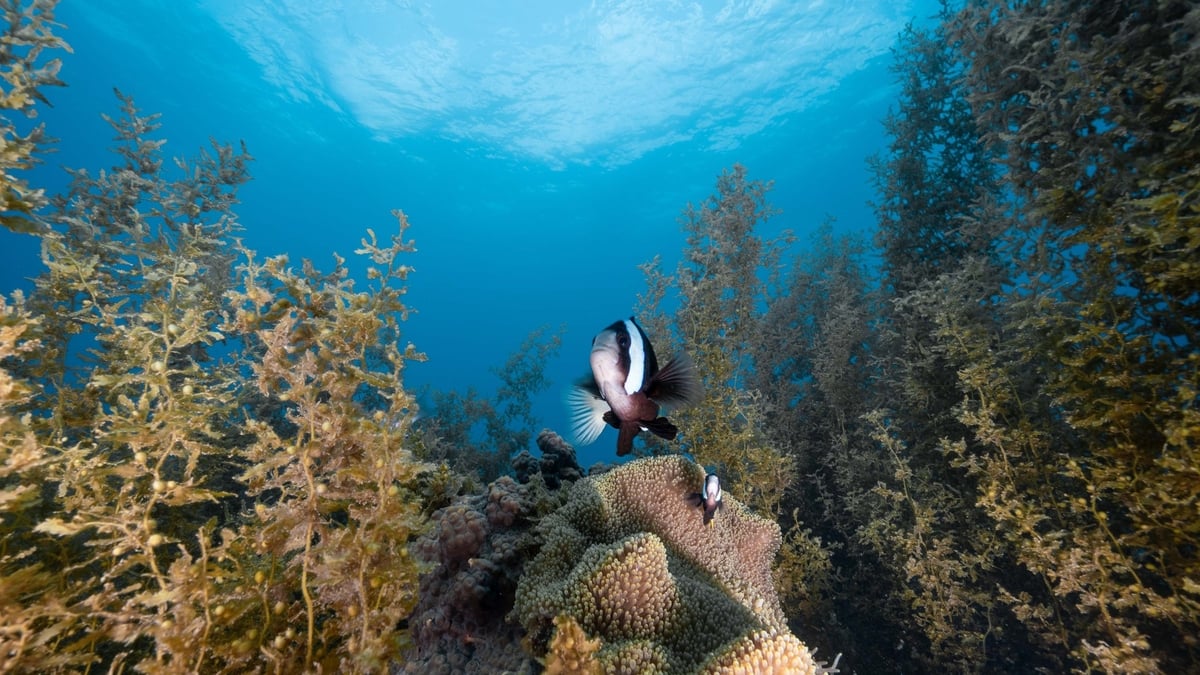
![[Photo] Prime Minister Pham Minh Chinh receives leaders of Excelerate Energy Group](https://vphoto.vietnam.vn/thumb/1200x675/vietnam/resource/IMAGE/2025/5/29/c1fbe073230443d0a5aae0bc264d07fe)

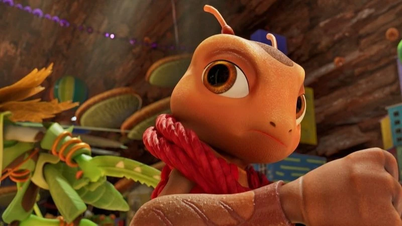



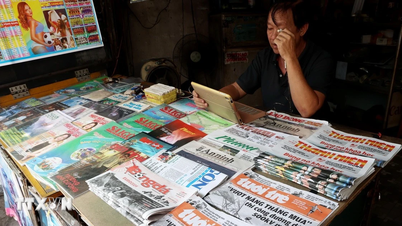
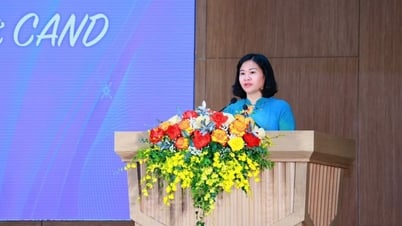











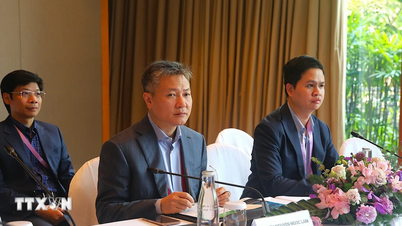
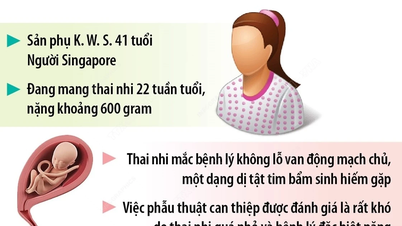
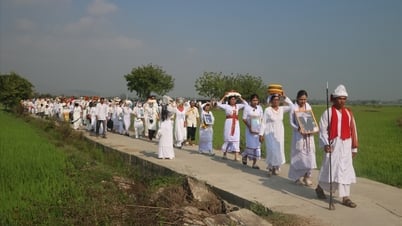










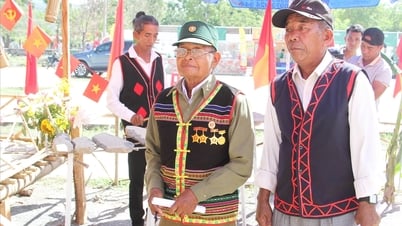



























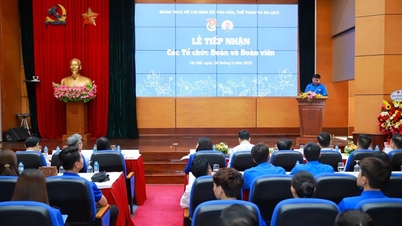
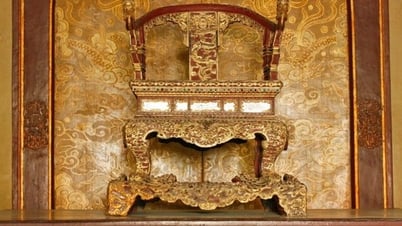




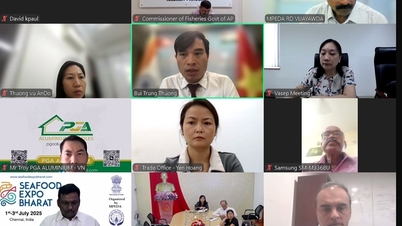


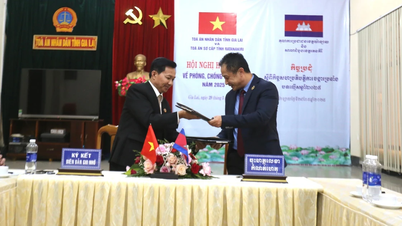


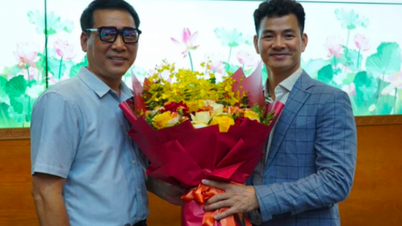

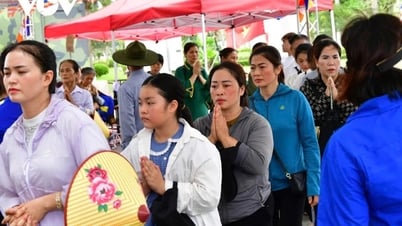

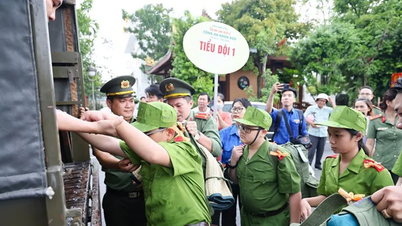










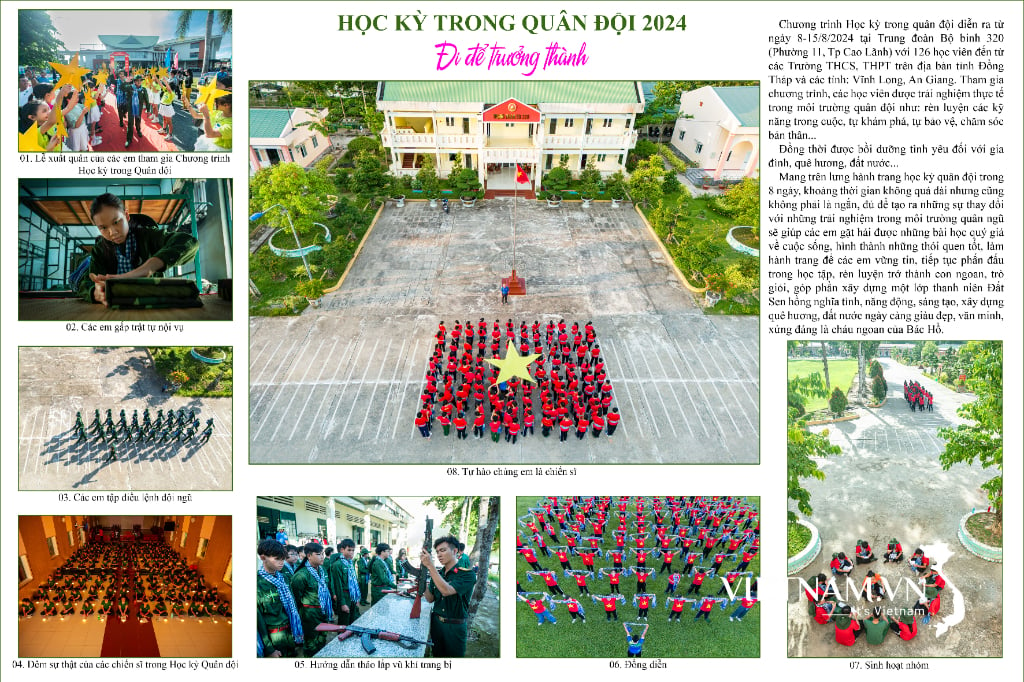
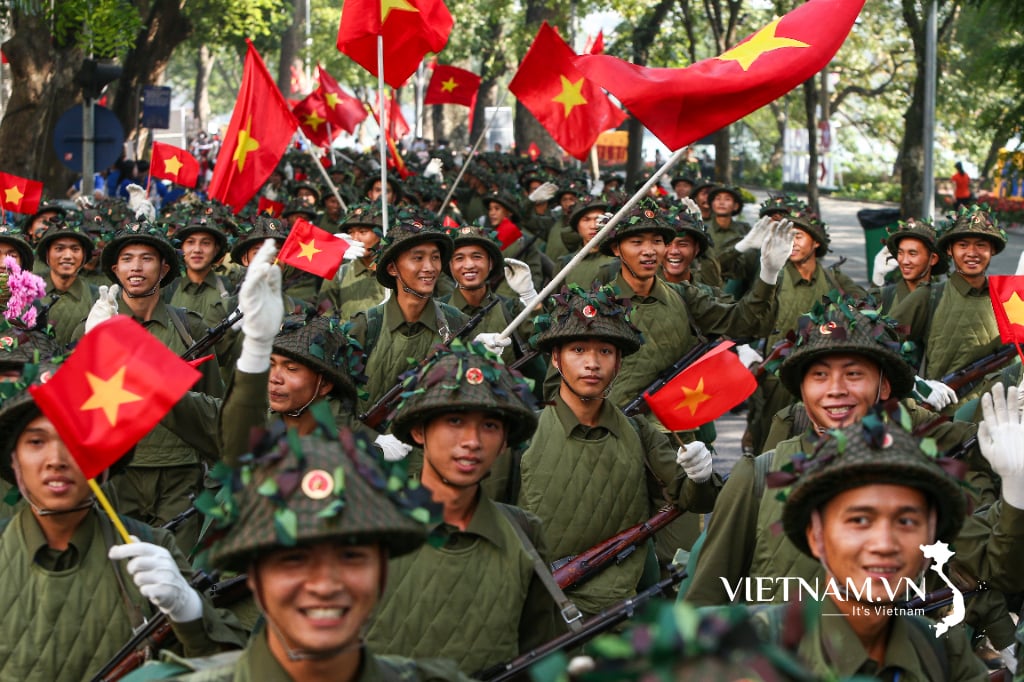

Comment (0)